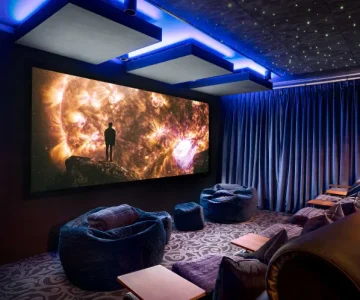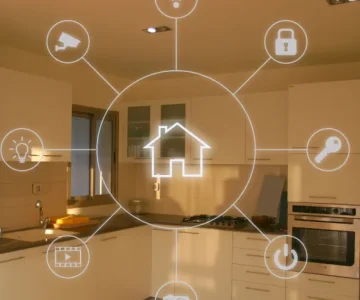Introduction: Embracing a Connected Lifestyle
Transforming your home into a smart living space isn’t just about bringing in the latest gadgets—it’s about creating an environment where technology works seamlessly to make everyday life easier. From improved convenience to greater efficiency, each thoughtful step in the process moves you toward a home that adapts to your needs, blends into your routines, and enhances your comfort.
Identifying Your Goals and Preparing Your Home
Before diving into the setup, take a moment to imagine what your ideal smart home would look like. Maybe you want lighting that adjusts with the time of day, a thermostat that learns your habits, or security cameras that keep you informed no matter where you are. This vision will help guide your choices and ensure your system meets your lifestyle.
A strong, reliable Wi-Fi network is the foundation for any connected home. It ensures every smart device—from lights to locks—communicates smoothly, creating a stable ecosystem you can rely on.
The Technologies That Power Smart Living
Today’s smart home devices cover a wide range of needs. From voice-controlled assistants and energy-saving thermostats to motion-activated lights and high-definition security systems, these innovations give you more control and efficiency than ever before. Whether you want to cut energy costs, boost safety, or simplify daily routines, there’s a smart solution designed to fit your lifestyle.
Selecting and Installing Your Core Devices
Creating a smart home is a process of choosing the right products, setting them up, and making sure they work together as one system. Start by thinking about how you want each room to function and select devices accordingly. The goal is to create a home that is not just more advanced but also more responsive to your preferences.
Smart Speakers and Voice Assistants: Your Central Command
Your smart home needs a hub, and a smart speaker with a built-in voice assistant is often the best starting point. Whether it’s Google Assistant, Amazon Alexa, or another option, this central device allows you to control your entire setup with simple voice commands—making everyday tasks faster and easier.
Lighting That Works for You
Smart lighting systems allow you to set the perfect mood at any time of day. Using apps or voice control, you can adjust brightness, change colors, or schedule lights to turn on and off automatically. Beyond convenience, these systems help save energy by ensuring lights are only on when needed.
Security Made Smarter
Adding smart locks and cameras enhances both safety and control. You can check live video feeds, lock or unlock your doors remotely, and even grant access to visitors without being home. These tools provide peace of mind, whether you’re at work or on vacation.
Managing Energy with Smart Thermostats and Plugs
A smart thermostat is more than just a digital temperature control—it learns your schedule and adjusts automatically to keep your home comfortable while saving energy. Pair it with smart plugs and switches to monitor and manage power use across your appliances, helping you lower utility costs and reduce waste.
Connecting Everything with a Smart Home Platform
A unified platform—such as Google Home, Apple HomeKit, or Samsung SmartThings—brings all your devices together. This central control system ensures your lights, thermostat, locks, and other devices work in harmony, and can often integrate with your voice assistant for hands-free operation.
Expanding Your System Room by Room
Once your core setup is in place, you can expand to other areas of your home. Motion sensors, automated blinds, and additional smart devices add layers of convenience and functionality. Ensuring all devices are compatible keeps your system running smoothly and efficiently.
Conclusion: Living the Smart Home Experience
Setting up a smart home starts with understanding your goals, building a solid network, and carefully choosing devices that work well together. When everything is connected through a central hub and voice control, your home becomes more than just a place to live—it becomes an intelligent space designed to make your life easier, safer, and more comfortable.





